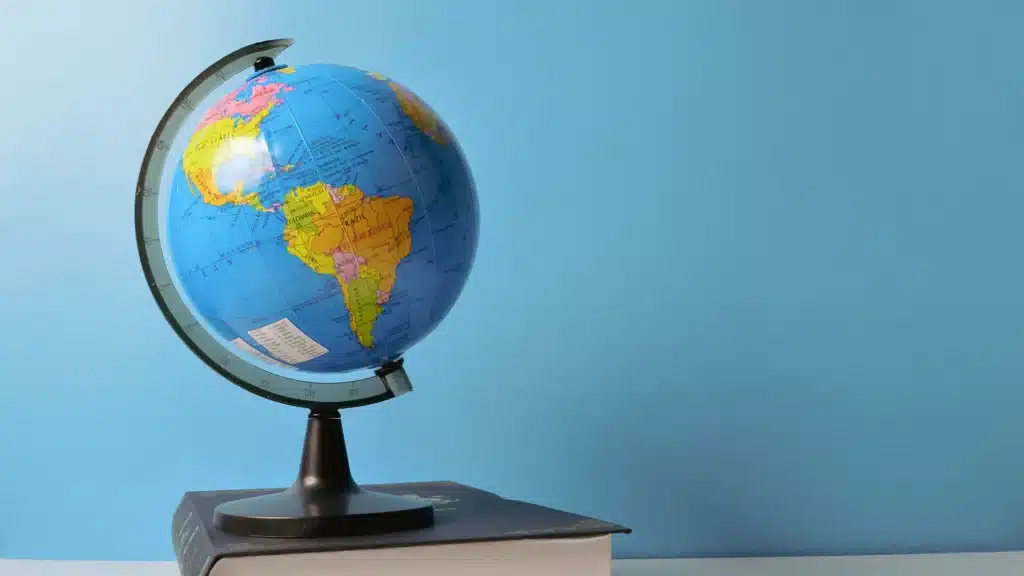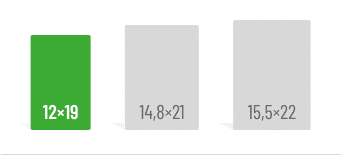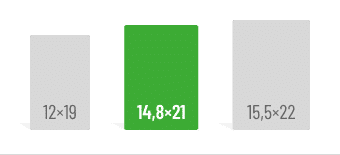First things first:
- Yes, even social media posts, videos, music, artwork, architecture, and video games need to be cited.
- Be sure to include time stamps (minutes and seconds) when necessary in your citations.
In today’s digital world, it’s not always enough to just cite printed sources like books or journals. As life becomes more digital, more and more of our daily activities and research materials end up on websites, online platforms, and social media. This makes them valuable subjects of research. Moreover, academic papers and findings can also be found online. This is especially relevant for students in fields like music, film, or art studies, where analyses of films, video games, or architecture are common. In this article, we’ll guide you through the best practices for citing various forms of digital content.
For details on how to cite images, check out our article: Citing illustrations correctly.
Citing music
When citing music, the citation style depends on what aspect you’re analyzing. If you’re focusing mainly on the lyrics, simply include them in your paper, citing them as you would a poem (with verse numbers instead of page numbers). If you’re analyzing the melody or rhythm, you should include the sheet music.
For a full citation, you’ll need: artist/author, title, label, year of release, and any relevant album or context info.
Citing videos, films, and TV shows
Videos and films offer multiple elements to analyze, such as visuals, sound, and editing. You can use screenshots to illustrate visual elements like framing or specific editing techniques. Other aspects, such as sound, need to be described. If you’re analyzing film music, you can include sheet music where necessary. Always cite the specific moment you’re analyzing with an exact time stamp (minutes and seconds). This is especially important when citing video content, including YouTube videos.
For a full citation, you’ll need: director/author, title, production company, year of release, and any relevant version info (e.g., Netflix or Director’s Cut).
Citing video games
Citing video games is similar to citing videos. You can use screenshots to support or explain your argument. However, instead of using time stamps, it’s more appropriate to mention the level, quest, or cutscene you’re referencing.
For a full citation, you’ll need: developer/author, title, production company, year of release, and any version or console-specific details.
Citing artwork and architecture
For paintings, sculptures, or architecture, photos are usually the best way to illustrate your points. In this case, you’ll need to provide information not only about the artist but also about the photographer if it’s not your own photo. If it is your own photo, label it as “Own Representation” or “Own Photo.”
For a full citation, you’ll need: artist, title, year of creation, any relevant context, as well as the photographer’s details and the source of the photo.
Citing websites
When citing information or academic findings from a website, first make sure it’s a credible source. If it is, you should also note the access date, as websites can change or be updated. A full citation should include a Deeplink, which is a URL that leads directly to the specific page you’re citing. A link to the homepage is usually not enough.
Example of a homepage link (not enough): https://www.grin.com/en/
Example of a Deeplink (sufficient for citation): https://www.grin.com/document/335280
For a full citation, you’ll need: author, title, year/date of publication, deeplink, and access date.
Citing social media
When citing a social media profile or post, you’ll also need the Deeplink and the access date. Include the publication date of the post as well as the name of the profile or page. Remember, social media platforms are often meant for personal use, so profile pictures and posts might not be public. Make sure you get permission before using texts or images from a private profile in your work (especially if you plan to publish it more widely).
For a full citation, you’ll need: profile/page name, date of post, deeplink, access date.
If you plan to publish your work on GRIN or any other platform, remember that citing online sources may involve copyright restrictions, especially if they explicitly forbid commercial use of texts, images, etc. Always check the license under which the materials were published before submitting your work for publication.
Do you like our magazine? Then sign up for our GRIN newsletter now!







